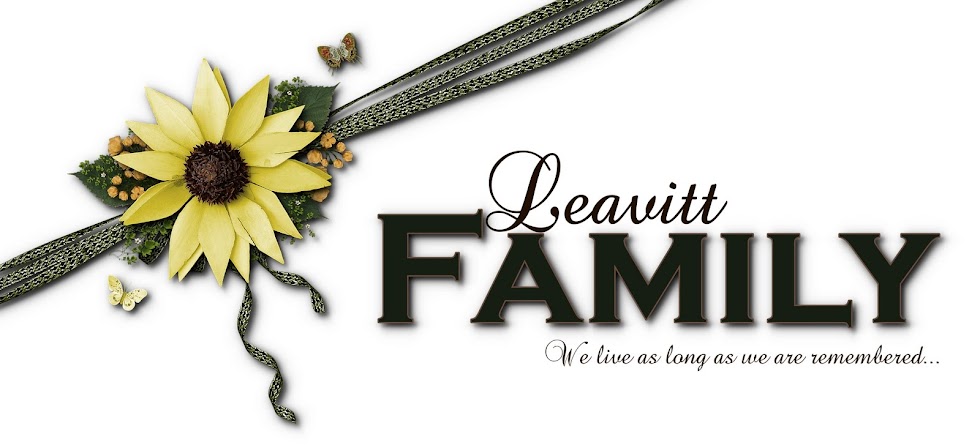Christopher Lister Riding was born February 10, 1816 in Burnley, England. Of his parents we know little, except that they were of the sturdy middle class, his father being a baker who owned his own shop.
At an early age, Christopher Lister was apprenticed to a tinsmith to learn the trade. As he was very apt at his work, he became a master mechanic. He married Mary Ann Hale, a girl born and raised in his hometown. We have not the exact date of the marriage, but from the date of the birth of the first child we assume that it was early months of 1840 or the late month of 1839. The young couple had heard the gospel and was both baptized February 14, 1840 by Brother John Cottam. Three years later, June 5, 1843 Christopher Lister was ordained a priest and set apart to assist in the work of the Burnley Branch of the Church.
In 1847 the family had collected enough to come to the United States, a dream they had had ever since they joined the church. At that time they had two living children and had buried their first baby. They came as far ad St. Louis where their lack of finance compelled them to stop for 5 years (the account sent by his son, George and written from memory, in 1932 says they stayed here 2 years. He also says that Christopher Lister brought a great deal of material for use in his trade. This helped to serve as ballast for the ship and was brought free.) This however, finally collected money enough to purchase a wagon, a yoke of oxen, two cows and supplies enough to last the family across the plains. They now had four children. (This fact makes us think they were in St. Louis 5 years.)
When they arrived in Salt Lake City, they were housed first, temporarily, in the little house, one-roomed log, which is now in preservation on the temple grounds. In this house, Taylor, the first child was born.
Soon Brother Riding bought a lot on the block where the Walker Bank now stands. Here he erected a two-roomed house. He found work plentiful and was becoming prosperous.
While in Salt Lake he met and married his second wife, Miss Eliza Adelade Dolbell, a French girl who had come to Utah with her mother.
At the time of the great move, he took both his families to Provo. Here the first child of the second wife was born. The family never returned to Salt Lake as Brother Riding received a call to go to the Dixie Mission. This came in the form of a letter from Brigham Young, which was delivered by Jacob Hamblin. He returned to Salt Lake City long enough to dispose of his house and lot, for which he received in exchange a yoke of oxen and wagon.
He came to Dixie in 1860, leaving his first wife at Cedar City and bringing his second wife to Santa Clara. After he had been there 2 years, all he had was washed away by the big flood, so he moved to St. George. He had received a call to do this just previous to this time. He also brought his first wife down from Cedar City.
He bought the lot just across the street north from Foster’s store, on First North and Main. Here he built a dugout 12x15, thatched with a willow roof. This with one tent and willow shed sheltered his 2 families, his first wife with 6 older children and his second with 2 babies. He was soon able to build a one-roomed adobe house and shop.
There was not enough business in St. George to provide work, so he secured a little four-wheeled cart and an ox. He loaded the cart with tinware and tools and visited all the northern towns, Parowan, Beaver, Cedar, exchanging his wares for flour, potatoes, butter, cheese, etc. Later he secured a horse for his cart, and continued his trips until he became a well-known figure throughout the southern part of the State.
He made his wares chiefly from waste cans, as it was difficult and expensive to ship in sheet tin. People saved empty cans and metal ware of all kinds for him. His store of wares consisted of buckets, milk-pans, tin cups and plates, bread cans, lamps, canteens, coffeepots, wash boards, etc.
He was a master workman in every sense of the word. This is shown by the fact that some of his buckets and pans are still in use. The ball on the temple and the one on the tabernacle are his work, as is the metal work on all the public buildings erected before his death.
He was a loyal member of the church and a regular attendant at Sacrament meetings, though he was never very active in public affairs due to the nature of his work. He was a great reader, spending every evening in this way.
He died November 29, 1887 after an illness of only six days. He had two wives and 22 children, 8 by the first wife and 14 by the second.

No comments:
Post a Comment